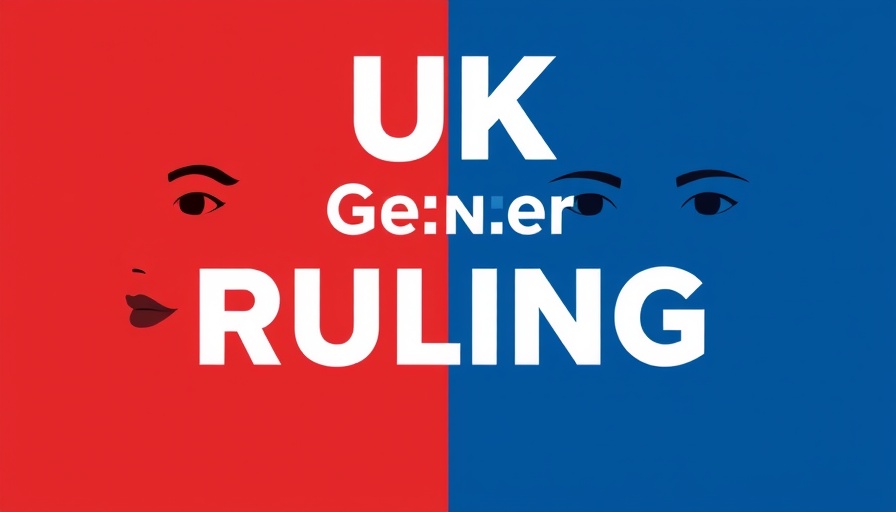
Understanding the Landmark Ruling
The recent UK Supreme Court gender ruling has ignited intense debate across the country, with various opinions clashing over the rights of transgender individuals versus women's rights. Rory Stewart, a prominent commentator on this issue, highlights the complex nature of identity, rights, and protections involved. This decision marks a pivotal moment in how society grapples with personal identification and collective rights.
In Rory Stewart weighs in on the UK Supreme Court's landmark gender ruling, the discussion dives into the intricate balance between transgender rights and women's rights, prompting a deeper examination of the issues at hand.
Two Competing Claims of Identity
At the heart of the debate lie two fundamentally different positions. On one side, advocates for the transgender community argue for the necessity of rights and protections akin to those of cisgender women. As Stewart articulated, a trans woman seeks to access opportunities typically reserved for women based on her identification. Conversely, figures like JK Rowling maintain that the hard-won rights of women should not be undermined by the potential inclusion of someone assigned male at birth claiming female identity. The crux of the argument hinges on defining who qualifies as a woman and, by extension, who can claim those rights.
The Dangers of Ambiguity
One prevailing concern among those opposing expansive rights for transgender women is the perceived threats they pose to cisgender women's spaces. Critics fear that allowing biological men to enter female spaces could jeopardize the safety and privacy of women. This fear is compounded by instances where individuals might exploit these rights, creating a murky environment that complicates the conversation surrounding gender identity.
Compromise Solutions: A Path Forward
Stewart promotes a balanced approach to this contentious issue, recognizing the nuanced and complex nature of identity politics. He argues for practical compromises, such as prohibiting trans women from competing in women’s sports while supporting gender-neutral public facilities. This stance reveals a pathway for coexistence, where both sides might find common ground. This perspective encourages ongoing dialogue, allowing both communities to voice their concerns while searching for pragmatic solutions.
Addressing Individual Contexts
In navigating these complex issues, Stewart suggests evaluating situations on a case-by-case basis, especially concerning transgender women in vulnerable settings, such as prisons. Transgender individuals, particularly trans women, often face significant risks of violence and discrimination. Policies concerning their placement should reflect this reality while simultaneously addressing the rights and concerns of cisgender women.
Emotional Stakes and Broader Implications
The implications of this ruling extend far beyond legalities; they tap into the emotional and existential concerns surrounding gender identity. For many in the transgender community, the fear of being misunderstood or devalued is incredibly real. This emotional resonance is compounded by broader societal debates on what constitutes identity and belonging—issues that touch on the core of a person's self-perception and lived experience.
What Lies Ahead?
As this conversation continues, the future remains uncertain. The need for clarity in laws related to gender identity and rights will grow increasingly urgent amid rising societal tensions. With a diverse range of opinions, it’s vital to foster understanding and allow for dialogue between competing narratives rather than viewing them as inherently oppositional.
Societal attitudes toward transgender rights are shifting, and this landmark ruling could pave the way for future advancements in the recognition of rights—a balance of protecting both vulnerable populations and safeguarding hard-earned women’s rights.
Call to Action
As you evaluate your stances on sensitive societal issues like gender identity, consider engaging in conversations that promote mutual understanding. Share your thoughts and experiences to help contribute to a richer dialogue within your communities. Together, we can cultivate a more inclusive society that recognizes the complexity of identity and rights.
 Add Row
Add Row  Add
Add 




 Add Row
Add Row  Add
Add 

Write A Comment